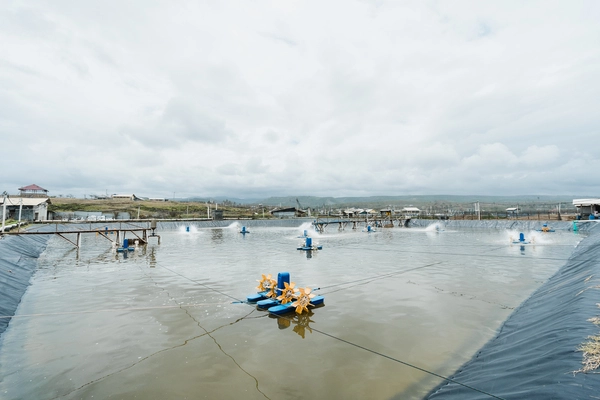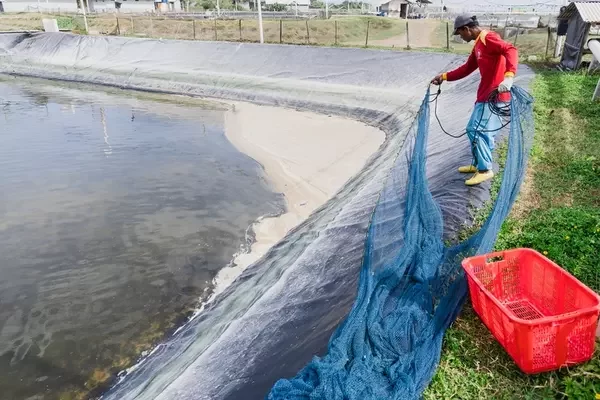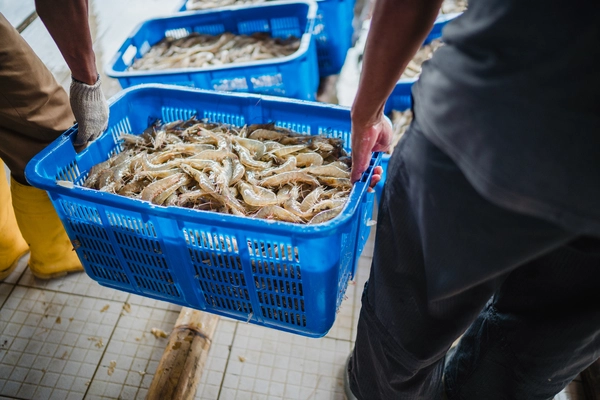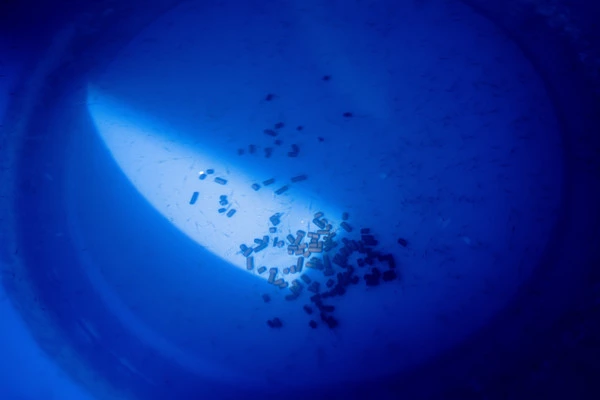5 Things You Need to Do When Starting a Shrimp Farm Business

Having a Shrimp farm business is a promising example of economic activity in the aquaculture sector. Usually, this cultivation activity is mostly carried out in coastal areas.
Along with the increasing demand for shrimp in the global market, many people are starting to get interested in this world. What’s more, the shrimp farming business has very lucrative results.
However, before starting this business, some things need to be considered, so your business does not lose money. Let’s see what these things are.
Also Read: 4 Types of Vannamei Shrimp Harvest Time
1. Choose The Right Farm Location
The selection of a pond location is the first thing that must be considered when starting a shrimp pond business. It aims to get a suitable and precise location according to the criteria. A good pond location must pay attention to the topography level, the soil’s content, and the water supply’s adequacy.
2. Make Sure to Choose Ideal Shrimp Fry
The fry is shrimp seeds. This term refers to the chicks that have entered the post-larva stage and are ready to be stocked into the pond. The ideal fry has a big impact on the success of shrimp farming.
Therefore, choose and prepare the best fry for those just starting a shrimp farming business. The ideal fry criteria include disease free and resistant.
3. Prepare Farm Equipment and Tools
When starting a shrimp farming business, you don’t only need pond land and fry. But there are a series of tools to support the sustainability of your cultivation. Starting from anco, waterwheels, and pumps, to laboratory equipment.
Each pond must have its equipment and should not be used interchangeably. Because this is to avoid confusion about the results of the examination of the condition of each pond pond.
4. Ensure the Right Feeding Management
Feeding in shrimp farming must be done appropriately and efficiently in terms of time and amount. This is because most of the capital in shrimp farming is spent on feeding.
Feeding time in the shrimp farming business is usually regulated in feed management, whose quantity has been adjusted and calculated based on the age of the shrimp. In addition, the feeding area (feeding area), feeding level (feeding level), and frequency of feeding (feeding frequency) are also considered in
5. Do Regular Water Quality Observations
Before starting a shrimp farming business, the last thing that must be considered is observing water quality. By observing water quality, each farm personnel can find out if changes or fluctuations in parameters may harm shrimp development.
Usually, water quality observations are carried out physically, chemically, and biologically. Measurements of physical parameters can be directly carried out when in ponds. Meanwhile, chemical and biological parameters must be carried out in the laboratory.
Also Read: What is MBW Term in Shrimp Farming and How to Calculate It?
Increase the Business Productivity of Shrimp Farms with DELOS!
Starting a shrimp farming business cannot be done carelessly. Many things must be considered so that your shrimp cultivation has high productivity.
To make your shrimp pond more productive, you can entrust the management of your shrimp pond to DELOS. With a team consisting of the top 99 best people in Indonesia, DELOS is ready to help you through our Farm Management.
DELOS Farm Management is also integrated with the AquaHero application, making it easier for farmers to monitor the condition of their ponds. So what if a disease is detected? No need to worry, DELOS also has a dedicated scientist who can help you to mitigate if a disease is detected in your shrimp pond.
Contact DELOS via contact@delosaqua.com or submit a problem you want to discuss vannamei shrimp cultivation via contact on our website www.delosaqua.com. Shrimp farming business with the best results with DELOS!






